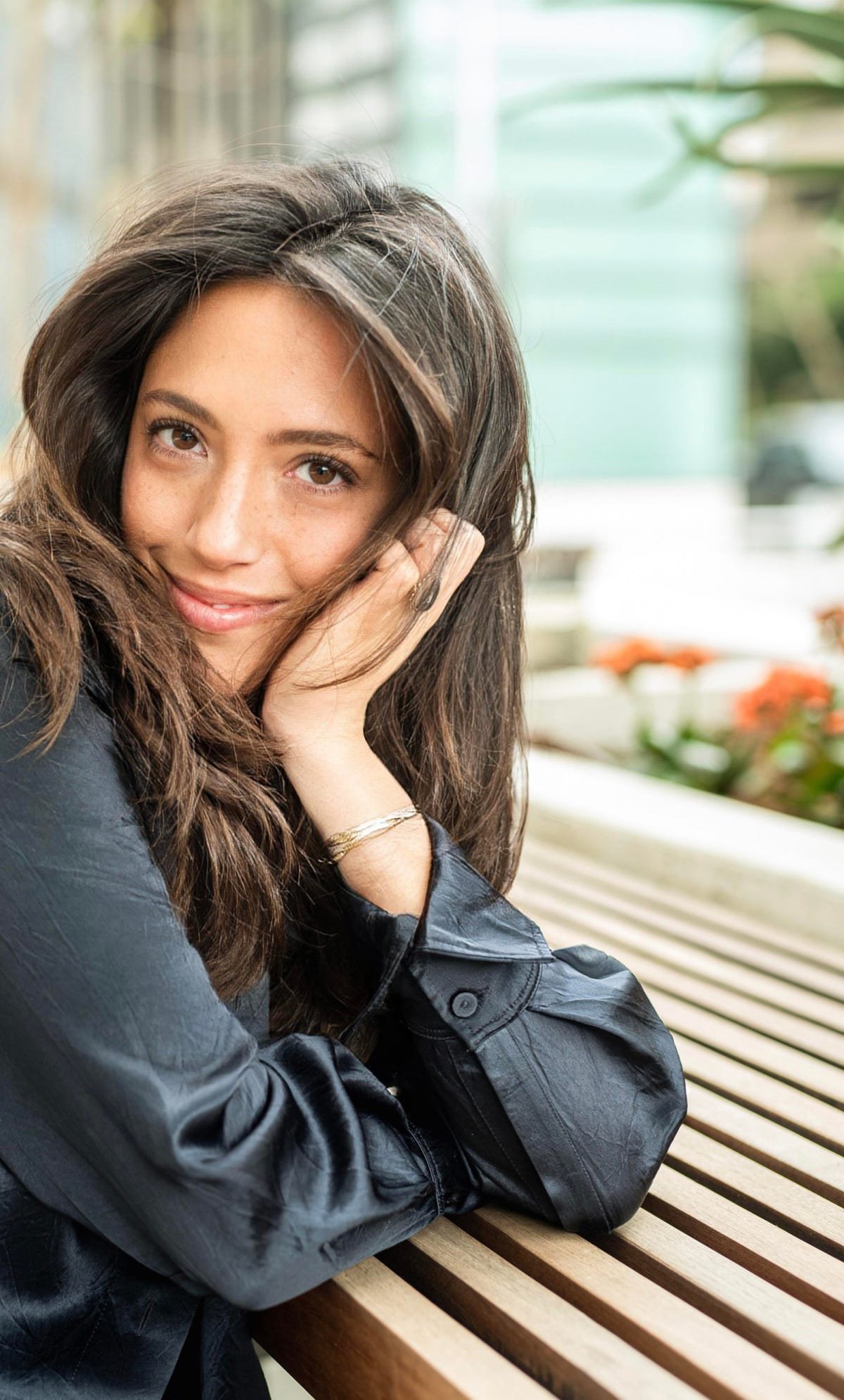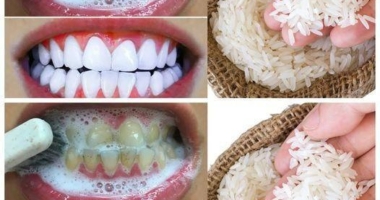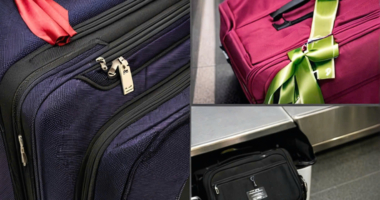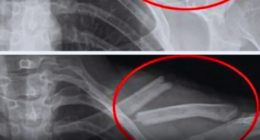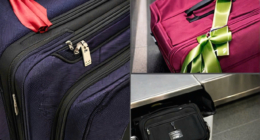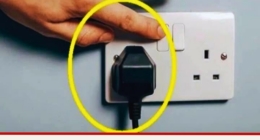“Improving Sleep Apnea Health Through Accessible CPAPs: How Two Twenty-Somethings Found Relief”
Matina works as a publicist in Los Angeles.
Ed Gecovich
For New York-born Julia Vittoria Matina, a 23-year-old publicist based in Los Angeles, her CPAP makes sleep more accessible.
“When I got the CPAP machine, it completely changed my life,” she told me in a recent video conference interview. “After a month I felt a big difference.”
Matina has sleep apnea, a sleep disorder characterized by a person not breathing for short periods during the night. She was first diagnosed with sleep apnea in seventh grade at age 12 after having her adenoids removed twice. Her symptoms became more apparent during her freshman year. Matina found that she experienced excessive levels of fatigue and brain fog; She also noticed that she had trouble concentrating in class and others would draw her attention to her snoring while she was sleeping. Apparently concerned, Matina and her mother spoke to her family doctor and a neurologist about the problems, as well as her general medical history. Doctors initially suspected that she might have ADHD since the symptoms are similar. Her care team then recommended a sleep study — a common way to diagnose sleep disorders — and her sleep apnea was reconfirmed. Before using the CPAP her doctor prescribed, Matina wore an oral retainer for two years, which she described as “pushing my jaw forward” to open her airway.
“I fell asleep after work during the day — I checked out at 12,” Matina said of her experience before she got the CPAP. “I was up for two hours and I was just so exhausted. I couldn’t do anything. I didn’t go to the gym or do my hobbies and things I love to do because I was so tired and sleepy. That affected my mood.”
Matina’s boyfriend, Braden Bales, has a very similar experience to hers.
Bales, a 20-year-old artist from Toronto, explained in a simultaneous interview with Matina’s that he’s “just learning to kind of live with his sleep apnea” after being diagnosed with the most severe form, called obstructive sleep apnea, last year. The biggest adjustment for Bales has been learning how to manage his condition socially. It can be weird, he told me, having sleepovers and having to explain why he has to put this mask on his face (for the CPAP) before he goes to sleep. “I feel like there’s a whole aspect that people don’t really talk about when you’re quite young,” Bales said of the stigma that comes with sleep apnea. “Because it is a disease more common in older people, [the experience of] what it’s like to have it as a young person isn’t talked about.”
Matina was diagnosed with sleep apnea at the age of 12 and wears a CPAP machine to bed.
Haley Josephson, Anita Bachkabakian
For Matina, the initial shock when she found out about her condition was devastating. She cried the next morning after her doctor told her she would need the CPAP. “I was very emotional,” she said. “I was really angry. I thought, ‘I can’t believe I’m going to have to wear this thing every night for the rest of my life.’ I was just really, really devastated about the whole thing.” Today she has accepted it as part of her being, as an integral part of her everyday life. “It’s a whole thing,” she told me, to force herself to wear the mask like it should every night and to take care of it regularly, like cleaning it. The CPAP machine, as clumsy and unglamorous as it is, is just a tool in her belt to “focus on a healthier lifestyle.”
And what a tool. The CPAP is an essential tool for both Matina and Bales. As Bales correctly noted, sleep apnea is “dangerous” and potentially life-threatening. This is because the heart has to work harder to send messages to your brain that a person is not breathing, even for a moment. There is no cure for sleep apnea, so using a CPAP is a must for the rest of Matina and Bales’ respective lives. Bales says his future focus will be “more on learning how to live with it comfortably than on fighting sleep apnea.” Matina feels the same way, telling me friends of hers have become “super supportive” by making sure she puts on the CPAP as she should when she goes to bed at night.
Like Matina, Braden Bales uses a CPAP every night for his sleep apnea.
@bryanstewartphotography/Instagram
Bales posted a video on TikTok announcing he has been diagnosed with sleep apnea and then demonstrating what it will be like for every girl he ever brings home. Matina posted something similar from her account as a show of solidarity with her sleep apnea colleague. Both videos went viral, with Bales’ video garnering five million views and Matina’s another million eyeballs.
Matina and Bales’ struggles with sleep apnea broadly illustrate a broader aspect of accessibility, disability, and assistive technology. Her sleep apnea is a disability in her own right, and her CPAP machines incorporate some level of technology. It may not appear so at first glance, but it is the truth. Since there is often repetitive play in this area, it is important to emphasize that this is not the case with assistive technologies exclusively the domain of computing devices like iPhones and iPads and MacBooks, and the discrete accessibility software of their systems. Matina and Bales’ stories illustrate the concept that accessibility (in the sense of a disability) means different things to different people. It is dynamic and constantly changing.
All in all, Matina and Bales agree that CPAP improves their health in the long run.
“It took me a few weeks to get used to it [it]’ Matina said. “It was so uncomfortable…my body wasn’t used to it. I was so frustrated and kept waking up in the middle of the night. For the first few weeks I needed the most support from my friends and family because all I wanted to do was not wear it. After a month I got used to it; waiting was the best decision I ever made.”
Matina added that having a humidifier in her bedroom also helps her sleep more comfortably. Ultimately, she wants to raise awareness about sleep apnea — to say Bales’ point that it’s not limited to older adult males — and encourage people to wear their CPAP religiously. She hopes others will reach out if they need help.
“Every day I just feel more awake,” Matina said of the impact her CPAP is having on her quality of life. “It changed everything: concentration, my performance at work, how I hang out with friends and not falling asleep. I used to be the person who passed out at 7pm…I couldn’t even watch a movie with friends in the evening. Everything just gets changed. It changed my life. I’m super grateful for that.”
Source: www.forbes.com
Don’t miss interesting posts on Famousbio

